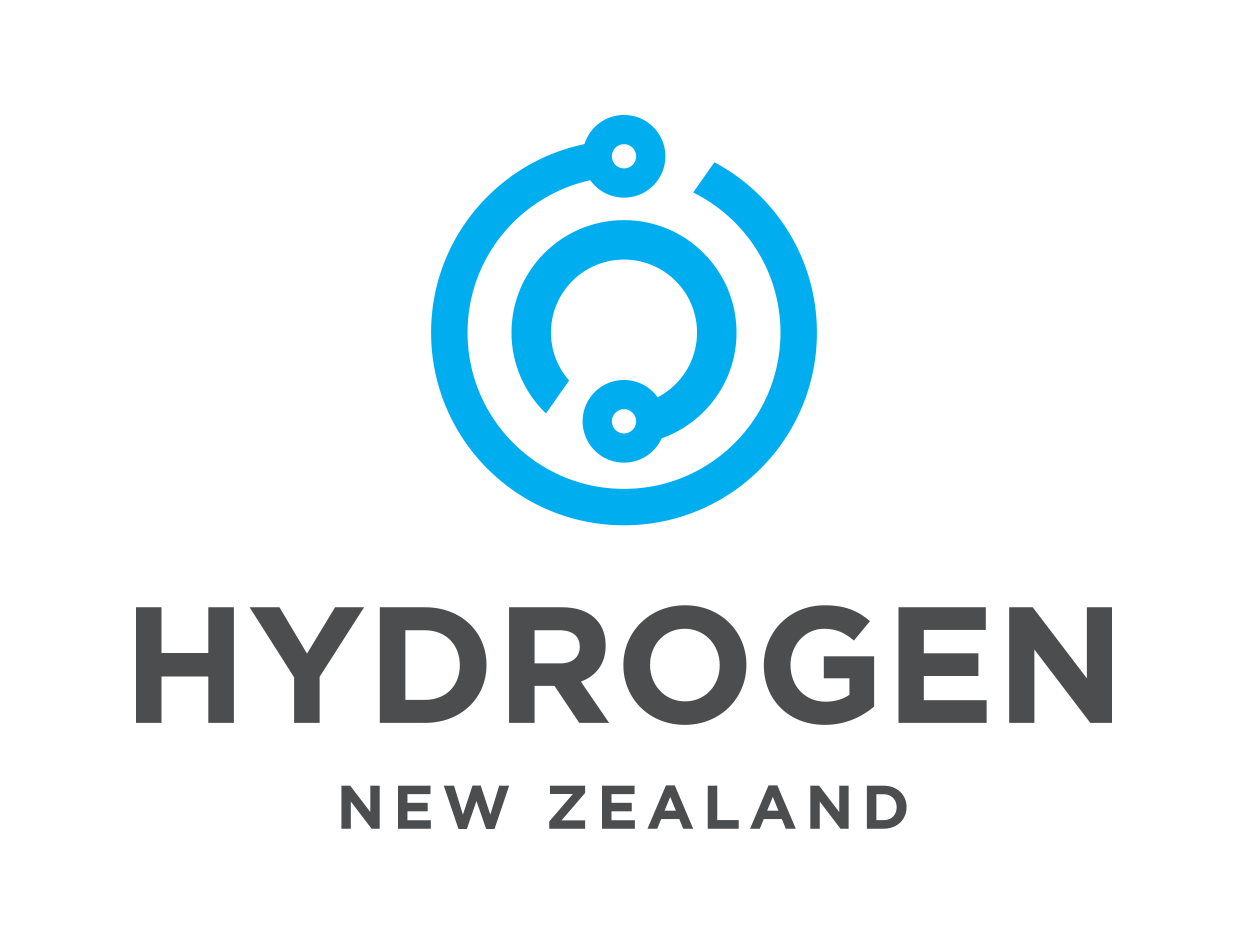Hydrogen Council
Unlocking demand for clean hydrogen by 2030
Demand for clean hydrogen and its derivatives has taken center stage for decision-makers in industry and government over the past years, where a focus has been on project bankability and catalyzing supply chain development. The lack of demand-side visibility, rising energy and material costs, and prolonged regulatory uncertainty have been key factors inhibiting investment in the sector, in some cases leading to project delays and cancellations1 . At the same time, some regions have begun implementing measures that could support the business case for clean hydrogen adoption. While the regulatory landscape is still evolving, this report looks at the current policy landscape and its resulting impact on the uptake of clean hydrogen. Actual uptake by 2030 is still contingent on the timing and effectiveness of implementing these policy mechanisms and is therefore subject to change.
➤READ MORE
Walking the talk: Seven-fold increase in investment for hydrogen projects reaching FID globally within the past four years.
The global hydrogen industry is nascent and facing challenges as it scales, however, looking at the development of the global hydrogen industry since the first publication of Hydrogen Insights in 2021, the progress achieved thanks to the efforts of decision-makers in industry and governments is undeniable.
➤READ MORE
Hydrogen will play a crucial role in decarbonizing hard-to-abate sectors, enable the at-scale transport of energy to resource constrained regions, and enable a clean and resilient energy system. Its deployment is at an inflection point – on one hand there are tailwinds such as a growing and gradually maturing pipeline of projects and supportive decarbonization regulation. On the other hand, there are headwinds: cost increases, project delays, continued regulatory uncertainty, and higher financing costs.
➤READ MORE
Hydrogen and its derivatives will play a central role in decarbonization and global trade will be critical for driving uptake. This was the key finding of Global Hydrogen Flows, a joint report of the Hydrogen Council and McKinsey & Company published in 2022. It highlighted the inability of major future hydrogen demand regions, including Europe, Japan, and South Korea, to meet all their demand at affordable costs. Other regions, the report showed, could potentially have excess low-cost supply.
➤READ MORE
Hydrogen creates stronger links between electric, gaseous and liquid energy flows which bring benefits not captured in levelized cost
The world’s energy system continues to be based on fossil fuels, which are either burned directly, or transformed into electricity. As our energy system decarbonizes to meet the shared goal of limiting global warming, these fuels will be increasingly replaced through electrification. However, sectors which are difficult to electrify will continue to require liquid and gaseous fuels, and these fuels can be produced using hydrogen.
➤READ MORE
In the emerging global hydrogen economy, robust tradeable certification schemes for hydrogen and derivatives are due to play a key role to:
Enable the implementation of government policies as certification can constitute an integral element of policy measures such as targets, quotas and tax credits;
Evidence their sustainability attributes, such as carbon footprint (CFP) - meaning greenhouse gases (GHG) – as well as the use of land and water, and social impacts – in a reliable and consistent manner internationally;
Create transparency for consumers and enable consumer choice;
Allow consumers to signal demand for hydrogen based on its sustainability credentials;
Create trust between prospective importers and exporters, fostering global, cross-border trade in hydrogen and derivatives based on their sustainability credentials.
The pipeline of hydrogen projects is continuing to grow, but actual deployment is lagging. 680 large-scale project proposals worth USD 240 billion have been put forward, but only about 10% (USD 22 billion) have reached final investment decision (FID). While Europe leads in proposed investments (~30%), China is slightly ahead on actual deployment of electrolyzers (200 MW), while Japan and South Korea are leading in fuel cells (more than half of the world’s 11 GW manufacturing capacity).
➤READ MORE
Hydrogen is central to reaching net zero emissions because it can abate 80 gigatons of CO2 by 2050
Hydrogen has a central role in helping the world reach net-zero emissions by 2050 and limit global warming to 1.5 degrees Celsius. Complementing other decarbonization technologies like renewable power, biofuels, or energy efficiency improvements, clean hydrogen (both renewable and low carbon) offers the only long-term, scalable, and cost-effective option for deep decarbonization in sectors such as steel, maritime, aviation, and ammonia. From now through 2050, hydrogen can avoid 80 gigatons (GT) of cumulative CO2 emissions. With annual abatement potential of 7 GT in 2050, hydrogen can contribute 20% of the total abatement needed in 2050.a This requires the use of 660 million metric tons (MT) of renewable and lowcarbon hydrogen in 2050, equivalent to 22%b of global final energy demand.








